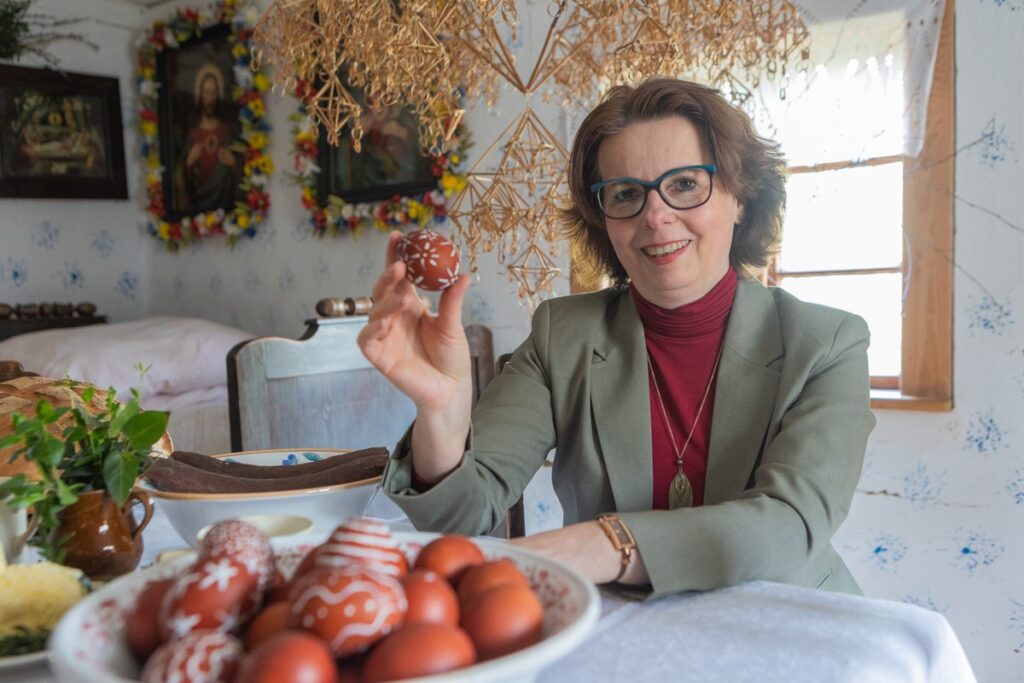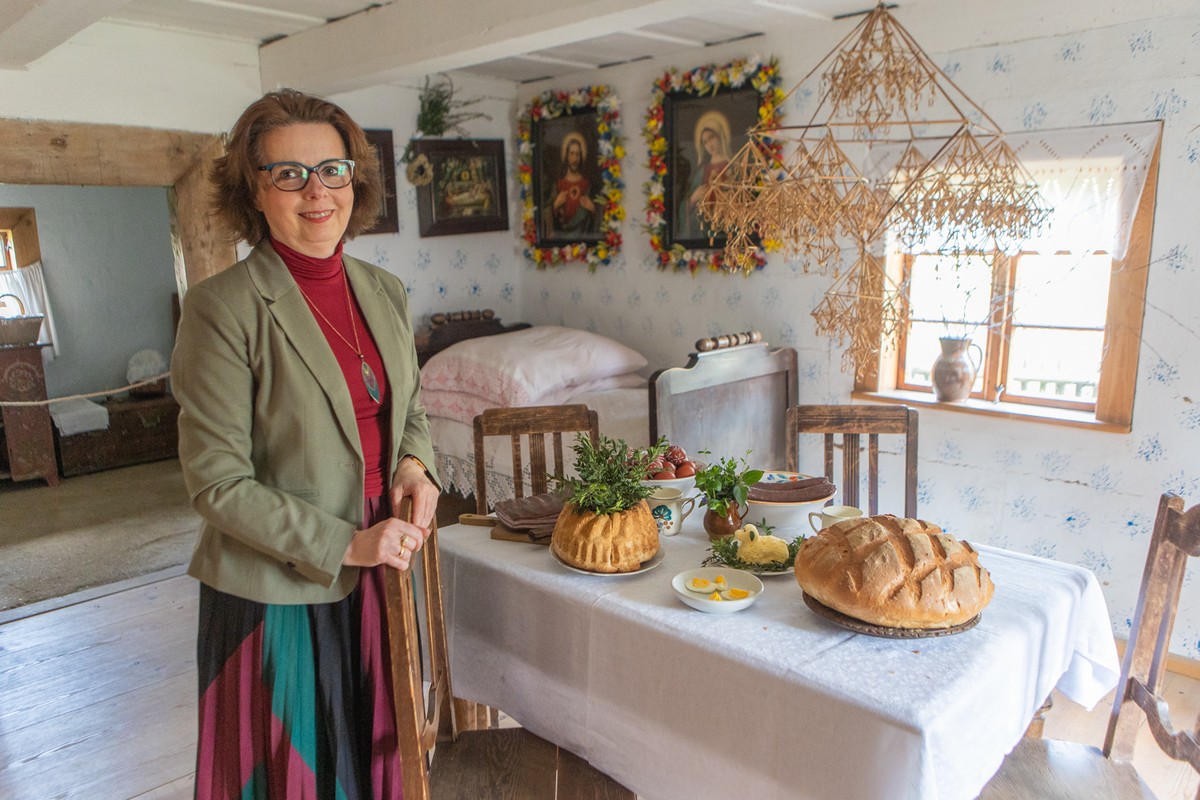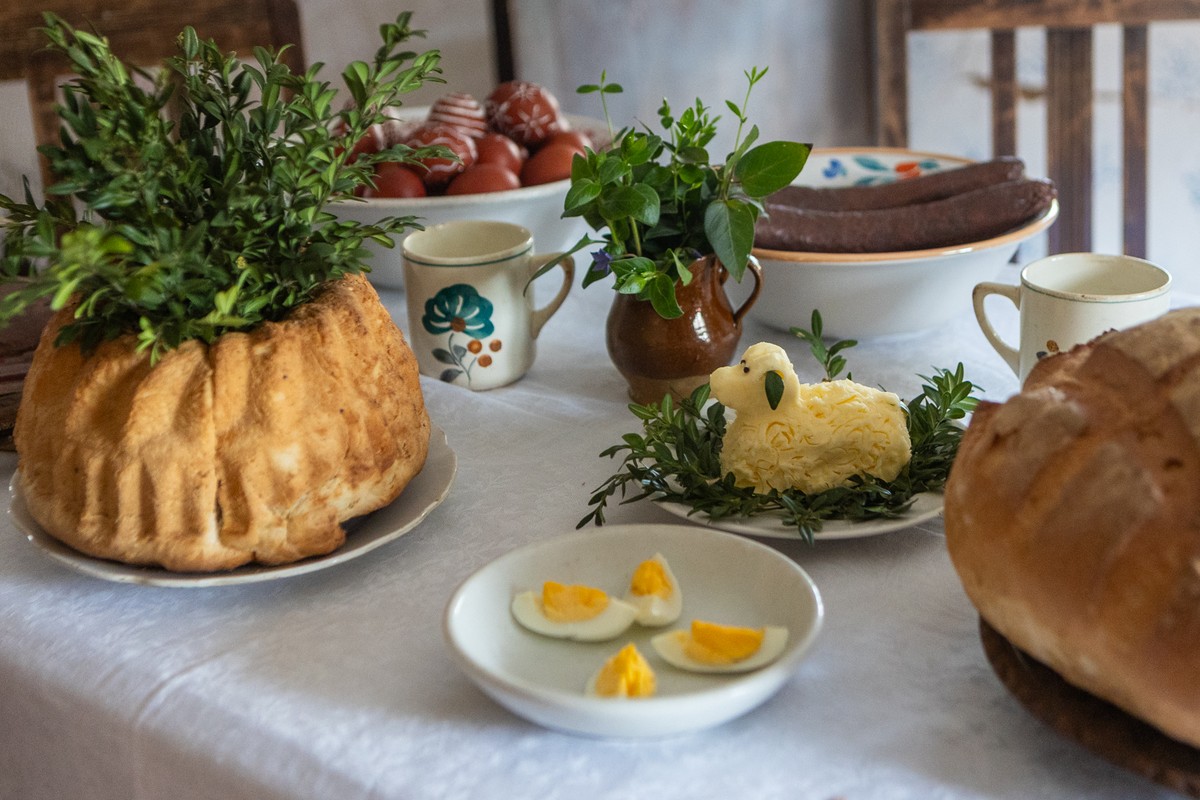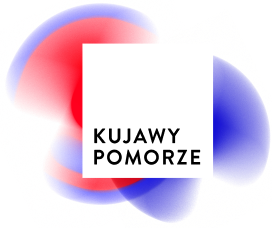
A Mosaic of Easter Traditions
An interview with Hanna Łopatyńska, Head of the Department of Folklore and Social Culture at the Ethnographic Museum in Toruń
The Paschal Triduum is underway. How was this time experienced by residents of various places in our region in the past?
The Paschal Triduum prepares the faithful for the celebration of the Resurrection. In the Kujawsko-Pomorskie Region, it was observed similarly to other parts of Poland. People divided their time between participating in church ceremonies and praying at home, as well as making final holiday preparations: cleaning, dyeing eggs, and cooking traditional dishes.
On Holy Thursday, boys would run through the streets making noise with wooden clappers and rattles. The sound was meant to remind people of the approaching holiday and to drive away evil spirits. In Kujawy, there was also a custom known as the “funeral of sour rye soup and herring.” It involved local farmhands who paraded through the village carrying a pot of sour rye soup mixed with ashes and the skeleton of a herring on a long pole. The pot was then smashed, and the shards along with the herring were buried under a tree. This symbolic act marked the farewell to foods that had been eaten throughout Lent.

Potrawy wielkanocne fot. Mikołaj Kuras dla UMWKP
What did Good Friday look like over a hundred years ago in Bory Tucholskie, Kujawy, and Pałuki?
On Good Friday, holiday preparations were accompanied by an atmosphere of sorrow and reflection. From early morning, in remembrance of the Passion of Christ, parents would lightly strike their children and other household members with a thorny twig, saying it was “for the wounds of the Lord.” People refrained from eating altogether or limited their intake significantly. They would eat only dry bread and plain potatoes, washed down with water.
It was common for churches to unveil the Tomb of Christ, with parishioners standing vigil nearby. In the past, rural tomb guards would dress in costumes styled after military uniforms, or wear their actual service uniforms if they had served in the army. In Kujawy, next to the tomb, there were sometimes polychrome wooden figures representing soldiers.
Was the blessing of Easter foods common in all regions? What kinds of foods were placed in the baskets?
Yes, the blessing of Easter foods was practiced everywhere, but it wasn’t always done in a church. In the early 20th century in Kociewie, the Easter breakfast table was sprinkled with holy water by the eldest man in the family. In other regions, the priest blessed the food baskets in churches, village squares, near roadside chapels, or at homes and on the yards of wealthier farmers.
Certain items were essential for the blessing: bread, salt, horseradish, eggs, and a lamb – made of butter or sugar. Baskets often also included other foods such as ham, sausage, Easter cake (babka), and even wine.

Hanna Łopatyńska, fot. Mikołaj Kuras dla UMWKP
What did Easter eggs (pisanki) look like in different parts of our region?
In our region, Easter eggs were mostly dyed in natural decoctions, such as onion skins or alder bark, usually in a single color. These were called kraszanki. In the Chełmno Land and Kociewie region during the interwar period, figurative patterns were sometimes painted on the eggs using ready-made stencils. In Kujawy, eggs were also decorated using wax — the batik technique. The patterns were very simple: dots, lines, and zigzags.
Did people also decorate their homes for the holidays?
Yes, homes had to be thoroughly cleaned before the holidays. In Kujawy during Lent, girls made colorful paper bouquets and garlands from tissue paper, which were used to decorate religious paintings. In this region, intricate designs were also created using fine sand, spread on clay floors and courtyards. This was practiced before all major church holidays.
What did Easter tables look like? What kinds of dishes were served in peasant cottages versus noble manors and palaces?
The central place on the Easter table was occupied by a lamb figure — made of butter, sugar, dough, or plaster — symbolizing the Risen Christ. The selection of dishes depended on the family’s wealth as well as regional and family traditions.
For example, women in Kujawy would serve ham, sour rye soup (żur) made with ham broth, white sausage, and potatoes, along with a yeast cake called kujawiak, which was eaten with homemade cold cuts. In the Chełmno Land, in addition to homemade sausage, eggs, and cake, the hostess would prepare zylc — a pork aspic made from pig’s feet. In manor houses, the Easter table featured a wider variety of dishes, such as broth, roasted poultry, pâtés, and sweet mazurki (layered Polish cakes).

Potrawy wielkanocne fot. Mikołaj Kuras dla UMWKP
Where does the tradition of Śmigus-Dyngus come from?
The origins of this custom are not entirely clear. Most likely, it is connected to pre-Christian springtime fertility rites. In our regions, both “dry” and “wet” Dyngus were practiced. The “dry” version, involving tapping with green twigs, was known in the Kociewie and Chełmno regions. Pouring water—wet Dyngus—was popular in Kujawy, the Dobrzyń Land, Pałuki, and Krajna.
Girls were most often the “victims” of Dyngus, and skipping one was seen as a sign of bad luck in love. Boys going from house to house on Easter Monday would offer good wishes to the hosts and sing a well-known Easter song:
“Dyngus, Dyngus, after Dyngus,
Let us sing about Jesus.”
In return, they would receive holiday cake and eggs.
April 2025


